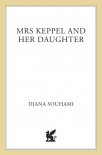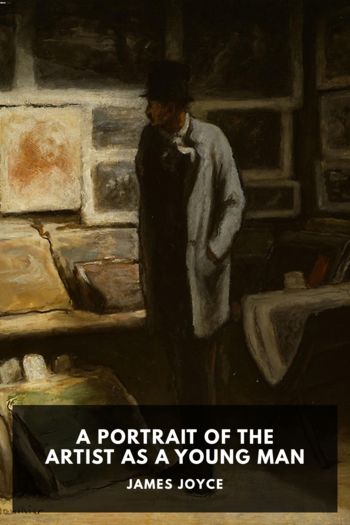Mrs. Keppel and Her Daughter, Diana Souhami [the ebook reader TXT] 📗

- Author: Diana Souhami
Book online «Mrs. Keppel and Her Daughter, Diana Souhami [the ebook reader TXT] 📗». Author Diana Souhami
She briefly offered Knole as a hospital ward but when five Belgians were assigned to her decided they were spies in German pay and that Knole would be bombed. She contacted the local police and had them taken away.
Violet visited Long Barn and mocked the cosiness of the Tudor architecture – low ceilings, small leaded window panes, oak beams, sloping floors. Excluded and betrayed by Vita’s family life she denigrated it if she could. Here, married and committed to a man, was the girl to whom she had sworn to stay true, declared her love and given the doge’s ring. In June 1917, when Harold phoned her to say Vita could not go to a party, Violet ‘was so disappointed’. But she jumped at his suggestion that he should not go either. ‘Damn that little too too,’ he wrote to Vita, ‘it hates me and misses no opportunity of letting me down.’
That summer Violet formed a new friendship. Pat Dansey lived with her elderly uncle Lord Fitzhardinge ‘a crochety ogre’ in Berkeley Castle, Gloucestershire, a medieval castle dating back to 1153. She weighed seven stone, had dark hair, a brittle manner and a stutter. Violet intrigued her by confiding her love of Vita. She invited Violet to the castle, allocated her the Blue Room, showed her the dungeon where Edward II was murdered, told her of how when young she would sit like a mouse in the Great Hall listening to her uncle and his cronies in their evening hunt clothes talking about vintage wines and playing whist. Violet liked the grandeur of Berkeley and its haunting sense of the past. Pat had formed a relationship with the Duke of Argyll’s granddaughter, Joan Campbell. This relationship was to last a lifetime and took on the closeness of marriage. But it did not preclude Pat’s interest in other women. She told Violet that she loved her and gave her photographs of herself. ‘I used to invent the most erotic pastimes to appeal to her taste,’ she said to Vita in later years.
PART TWO
Portrait of a Lesbian Affair
TEN
Mrs Keppel and her daughters moved as guests from stately home to country house as the war went its way. In April 1916 they were at Cassel’s seaside home at Branksome Dene, Bournemouth – ‘all chintz and white paint’, sea breezes and games of piquet. He was there with his sister and granddaughter Edwina – who in 1922 married Queen Victoria’s grandson, Louis Mountbatten. His only daughter Maudie had died in 1911.
Despite the ‘old undercurrent’ Violet’s meetings with Vita were of the social sort appropriate to good friends. In March 1917 they went to a matinée at the Garrick theatre, in May they saw the Russian exhibition at the Grafton Galleries, in September Violet stayed at Long Barn and they went for walks together.
In October Violet and her mother were at Coker Court near Yeovil, Somerset, a Tudor house owned by Dorothy Heneage who was rich, hypochondriacal and sympathetic to Violet. From her Violet heard that Vita intended renting out her Ebury Street house for the winter. She feared if that was so they would meet infrequently:
I simply can’t get on without a periodical glimpse of radiant domesticity and you will become smug to an intolerable degree if the vagabond – what Dorothy calls ‘rackety’ – element as supplied by me, is indefinitely withheld from you. We mustn’t let it happen. We are absolutely essential to one another, at least in my eyes!
She had she said ‘a sudden craving’ for Vita’s company. Her letter was at Lady Sackville’s Hill Street house when Vita returned with Harold from a weekend at Knebworth, Hertfordshire, the country estate of Lord Lytton, Parliamentary Secretary to the Admiralty. Guests included the portrait painter Sir John Lavery, Sir Edward Marsh MP, Sir Horace Rumbold, Ambassador to Switzerland, Sir Louis Mallet, Ambassador to Turkey, and Osbert Sitwell.
The following week Harold sought treatment for a venereal infection caught from a male guest. From the Foreign Office he wrote to Vita in anxiety and distress. He warned if he had passed it to her she would need treatment. He feared they might have ‘a bloody time ahead’. The implication was that they had had sex together after he





Comments (0)